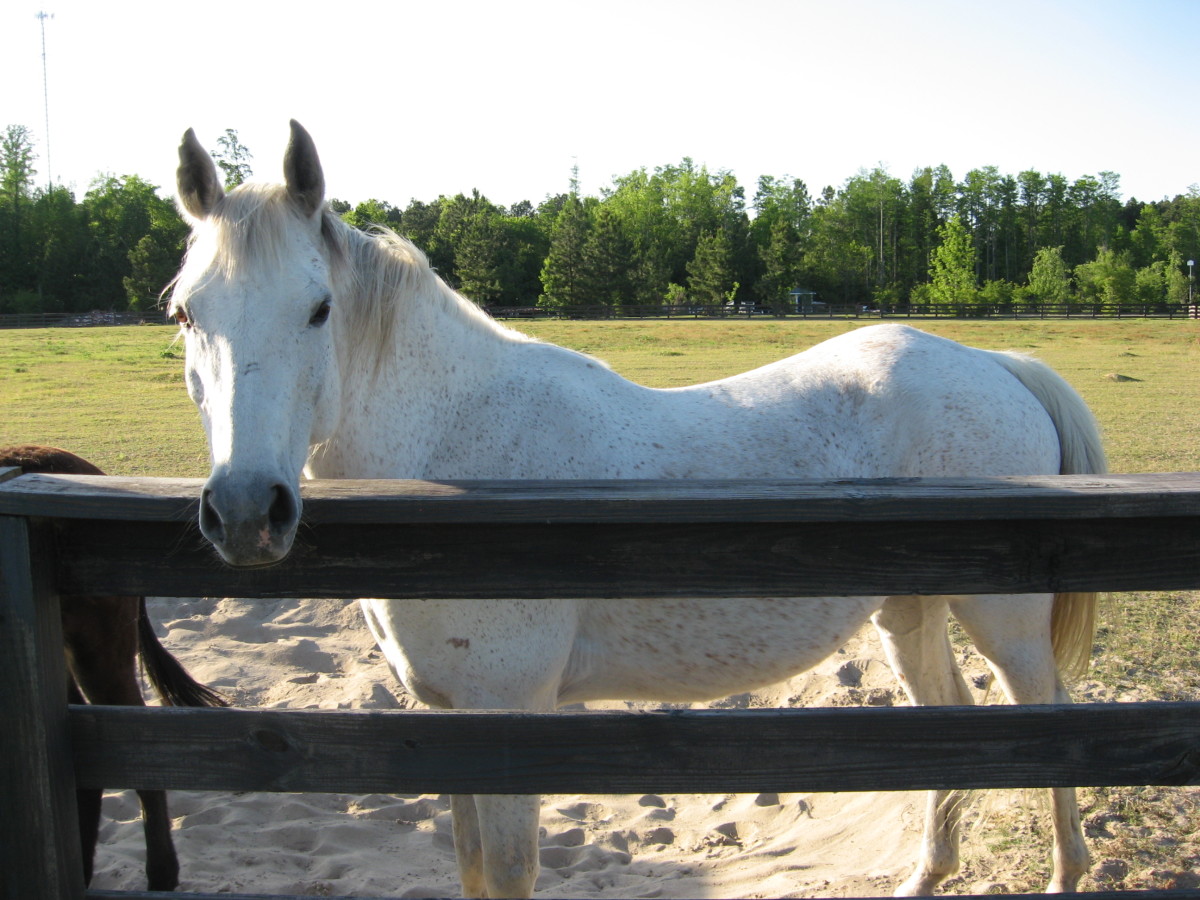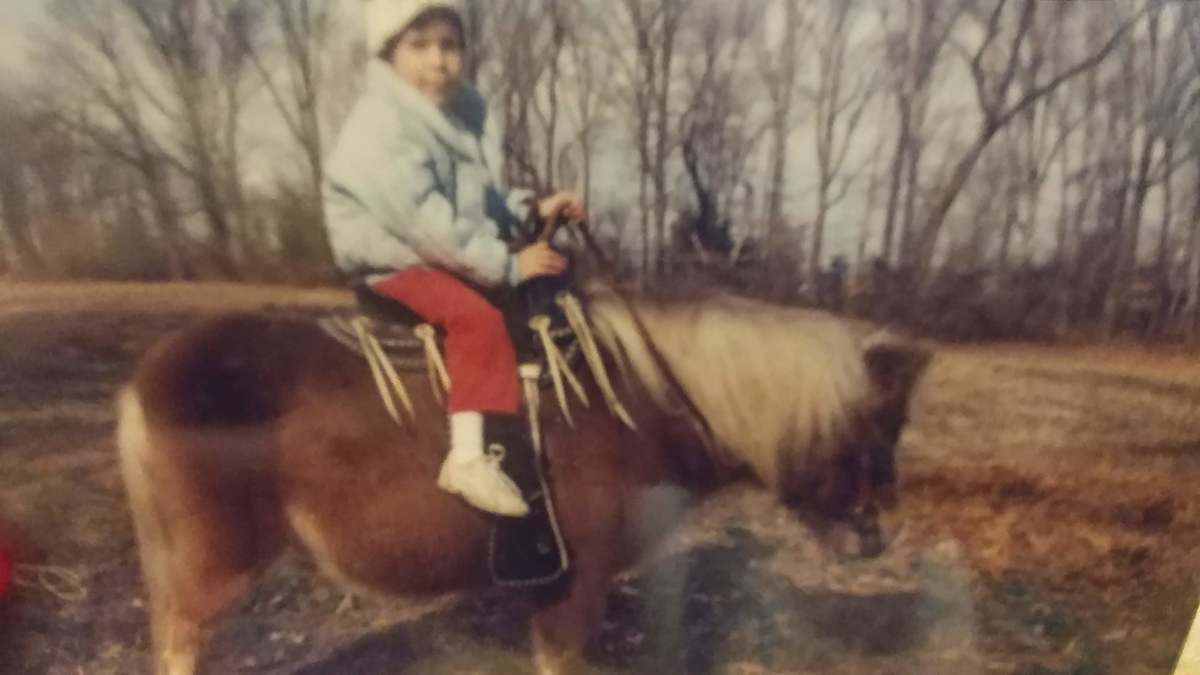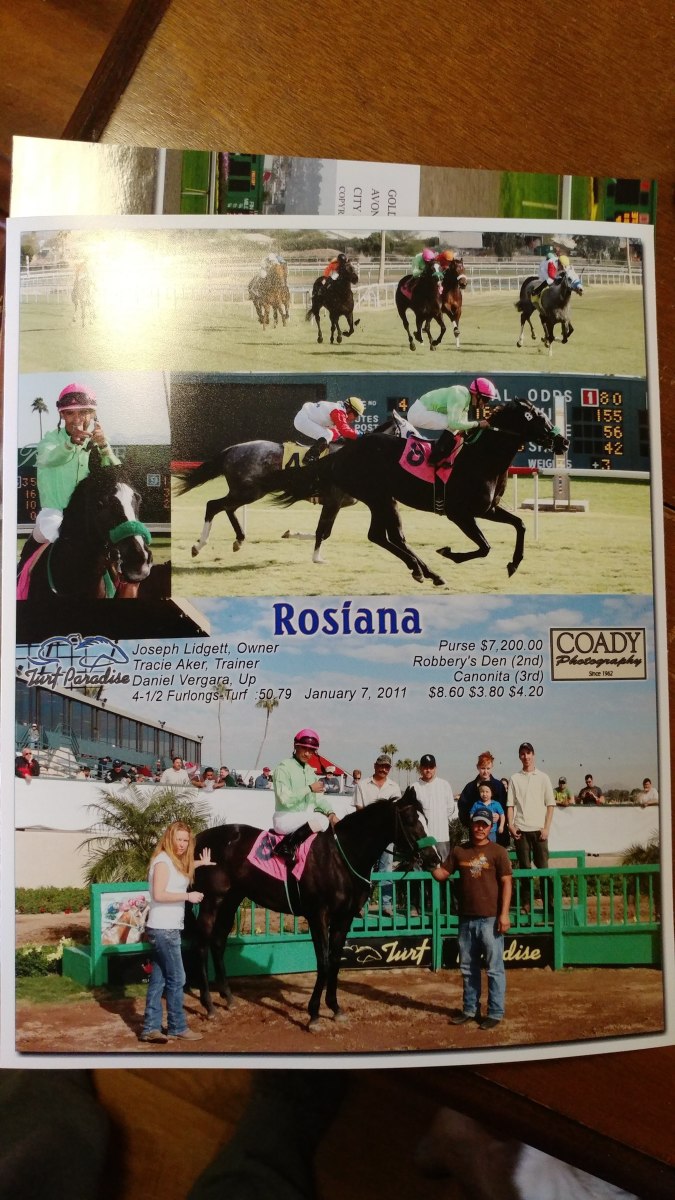Horse Disease Focus - Strangles
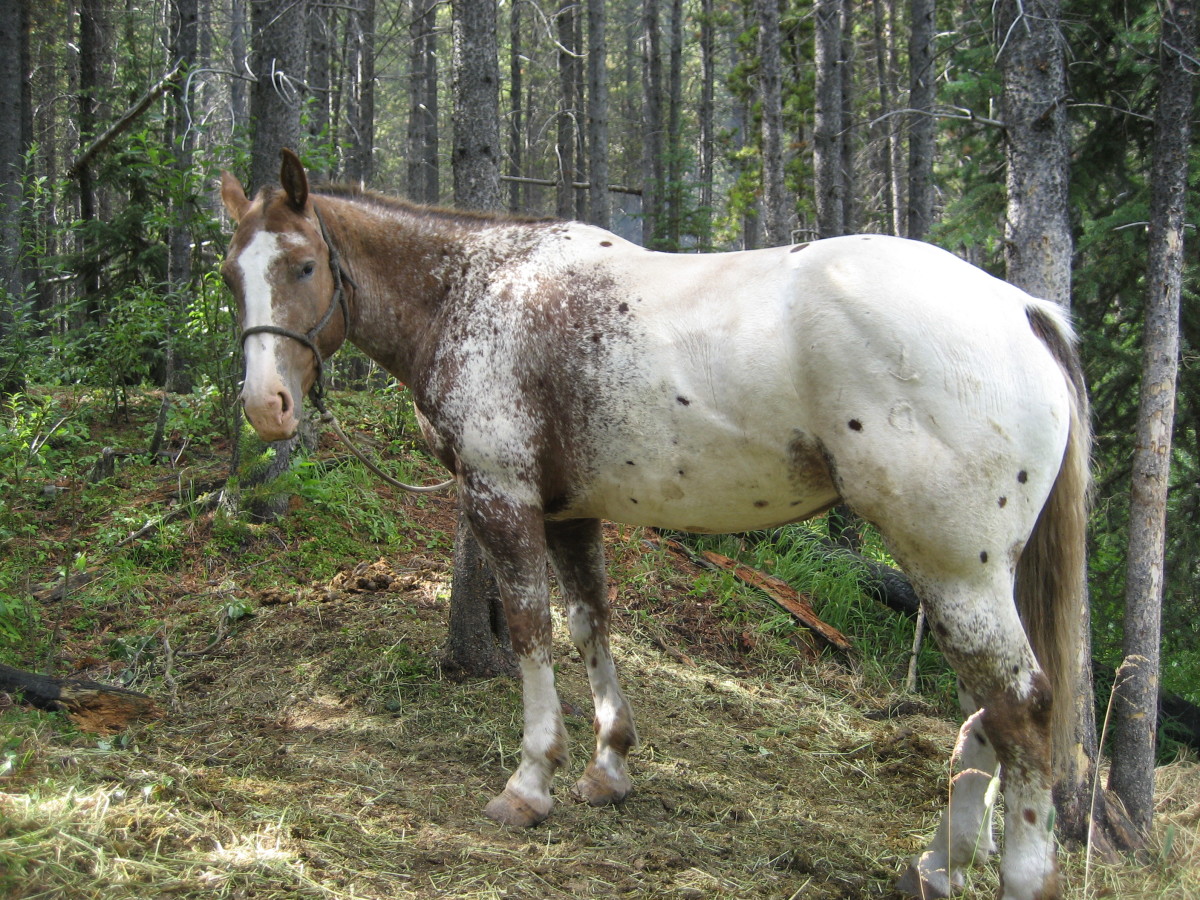
What is Strangles?
Strangles is an unpleasant and highly contagious disease of horses. It tends to be a 'childhood disease', disproportionately affecting horses under the age of three.
It is caused by a bacteria in the streptococcus family. It is usually S. equi, although there have been reported cases of a different strep bacteria occurring, that can be transmissible to humans.
Symptoms
Strangles has distinctive symptoms. The first sign is a nasal discharge and elevated temperature, but this is soon followed by enlarged lymph nodes under the jaw. The name of the disease comes from the fact that the lymph nodes may enlarge so much that the horse develops difficulty breathing.
As the disease processes, the swollen lymph nodes tend to abscess and produce pus. If lymph nodes further inside the neck are affected then this can lead to an infection of the guttural pouches. In rare cases, lymph nodes elsewhere in the body may become involved, a situation known as 'bastard strangles'. Bastard strangles is often fatal. Strangles may also be associated with muscle aches and broodmares that get strangles sometimes lose their milk.
Treatment
The vast majority of horses that get strangles recover fully, although the disease is highly unpleasant. Treatment is purely supportive, with antibiotics being given only if guttural pouch involvement is suspected. In cases where the horse is experiencing severe respiratory distress due to lymph node swelling, a tracheotomy is sometimes performed.
Antibiotic treatment is generally contraindicated as it can interfere with the horse's ability to develop resistance to strangles and result in reinfection. If antibiotics are used, pencillin is the most common.
The vet will also recommend that warm packs be placed on the abscesses in order to draw out the material. They may also lance or open the abscesses. After the abscesses open, the cavities should be washed out with antiseptic solution. It can take weeks for these cavities to fully heal and some sources recommend resting a horse from work for three months after strangles infection.
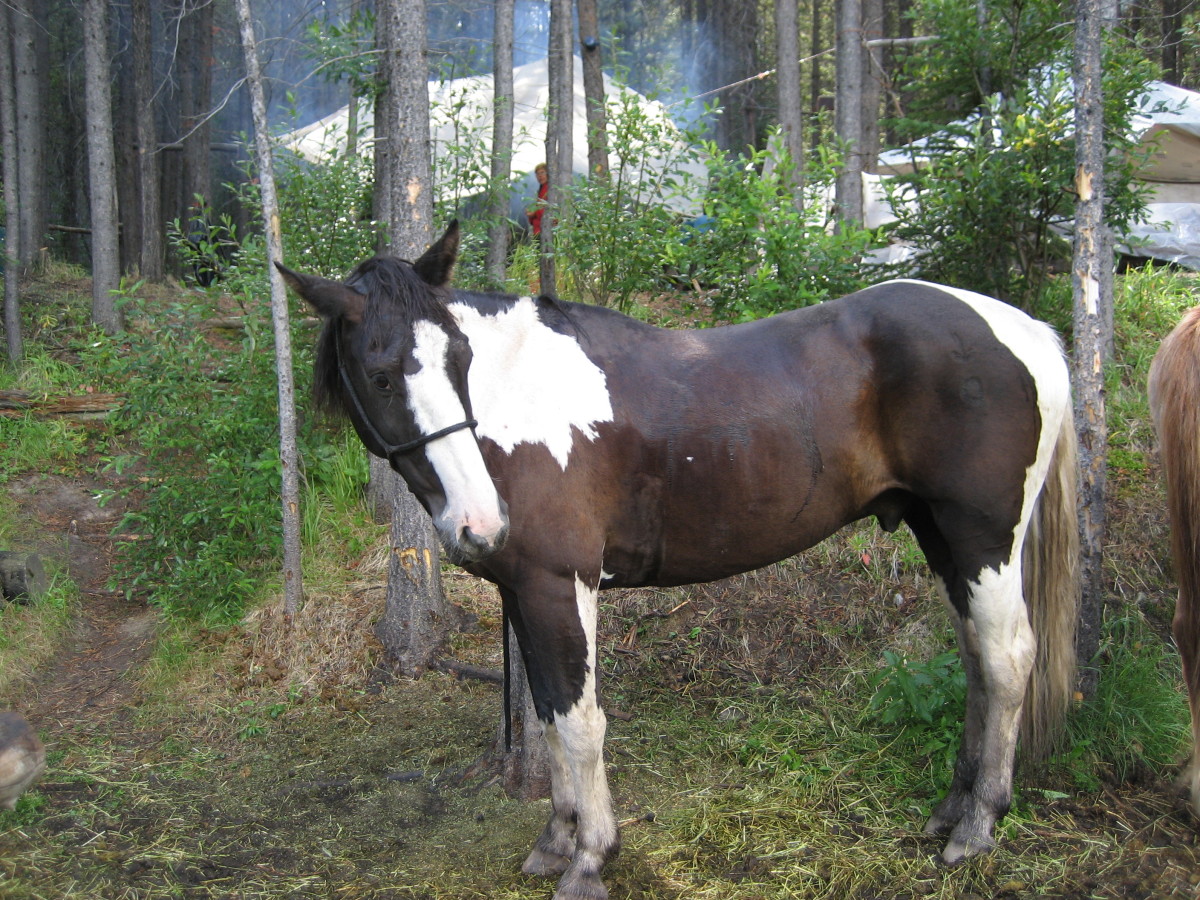
Prevention
A vaccine is available for strangles, but it is not fully effective, as horses do not always develop immunity to strangles on exposure. (This does mean that horses can get strangles more than once). However, the reduction in risk is enough to warrant the vaccination of high risk horses such as show horses and breeding stallions.
Strangles is possibly the most contagious equine disease. It spreads not just through direct contact but also through indirect contact...sharing tack, sharing grooming brushes or even touching one horse then touching another can transmit the disease. It has an incubation period of up to 14 days.
For this reason, it is recommended that any new horse brought into a barn be quarantined for 14 days (For high traffic barns, vaccination is a better preventive). This should include separate turnout, the use of separate grooming equipment and warning people to wash their hands or use hand sanitizer after touching the new horse. This also prevents the transmission of other diseases and external parasites from the new resident to the general herd. Strangles bacteria can also survive in water for several weeks.
Any horse that shows signs of strangles must be completely isolated from other horses until it has fully recovered and is no longer shedding strangles bacteria. This means using separate grooming equipment, placing the horse where it cannot touch others, and even using separate pitch forks and rakes. All equipment should be disinfected between horses. Ideally, separate people should take care of the sick horses - if this is not possible, tend to healthy horses first.
As there have been a few reported cases of streptococcus transmission between horses and humans, wear protective clothing when dealing with horses that have strangles and wash up thoroughly afterwards. (This also means that it is theoretically possible to give a horse strangles if you have strep, although this is even rarer).
The vet can test a horse to see if it is still shedding. Three negative samples are recommended. In rare cases, a horse can continue to carry the bacteria for years and may infect others. Some people recommend testing all new horses for strangles bacteria and if the construction of the barn and stable area does not allow quarantine this is a good alternative.
When going to shows, do not borrow any equipment from riders from other barns. Be sure to take your own feed, buckets, grooming equipment, etc. Use hand sanitizer after handling somebody else's horse or catch riding.


